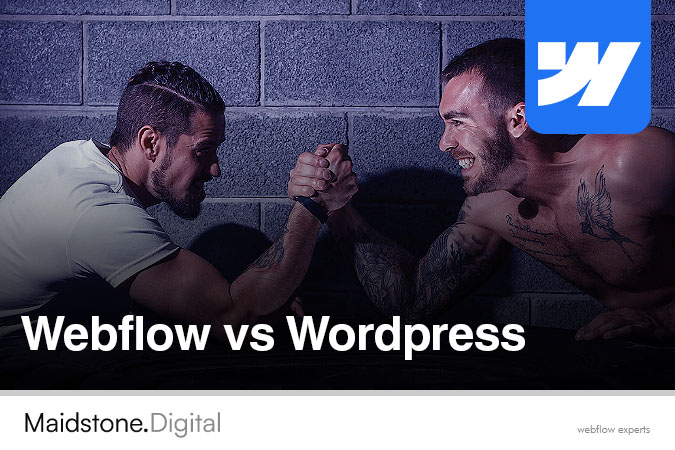No-code website design tools are essential for developing a cutting-edge site, and Framer and Webflow are among the most important. Both empower you to craft visually stunning websites without the need for coding. However, each of them approaches web design in a slightly different way, and determining which is best for you will depend on the kind of site you want to build.
Understanding the key differences between Webflow and Framer is a great way to choose the right tool to develop the perfect website. There are notable differences between the two, and finding what works best for you as a designer is one of the key processes when it comes to making this work for you.
Design Flexibility
Webflow offers design control similar to Figma, but it provides real HTML, CSS, and JavaScript underneath. It’s perfect for designers who are seeking creative freedom, and allows you to create complex layouts, custom animations, and CMS-driven content.
Alternatively, Framer is focused on simplicity and speed, with prototyping and publishing very appealing. However, one of the drawbacks is that it is slightly less flexible if you want to have control over your elements.
Simplicity
For some beginners, Framer feels like the easier option because of its familiar interface and component-based workflow. It allows you to quickly edit and publish a simple and basic site in just a few hours, which is great for boosting your business website.
Webflow has a slightly steeper learning curve and can sometimes feel a little more technical. However, the payoff is fantastic, largely because it provides greater scalability and power, making it perfect for developing your company website.
Animations & Interactions
Webflow’s interactions are among its greatest strengths, allowing you to build advanced animations, scroll effects, micro-iterations, and more. This can be done without the need for code, and it’s perfect for designers who love storytelling and who want to be creative.
Framer also supports animations, but it is more focused on smooth, high-performance effects, rather than configuration. It’s the perfect option for sleek UI, but it feels a little limited when it comes to large-scale storytelling, making Webflow a preferable choice.
CMS
The content management systems of both are excellent, and Webflow’s CMS allows your team to build blogs and portfolios. It has a great structure and is very customisable, integrating well with automations such as Zapier.
Framer offers a basic content management and integrations process, but it lacks a robust CMS. It is better suited to things like landing pages and marketing, rather than platforms that are a little more content-heavy.
If you want to develop the ultimate business website, it is essential to make sure you choose between Webflow and Framer. This is something that can play a massive role in taking things forward and helping you to design and develop the ultimate business website moving forward. Taking the right steps that are going to allow you to help your business stand out and look great is paramount, and choosing between Webflow and Framer is the perfect way of achieving this.
Subscribe to our newsletter
Lorem ipsum dolor sit amet, consectetur adipiscing elit. Suspendisse varius enim in eros elementum tristique.





